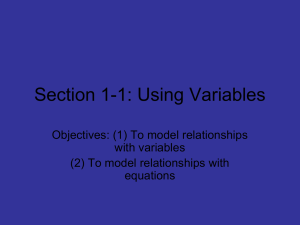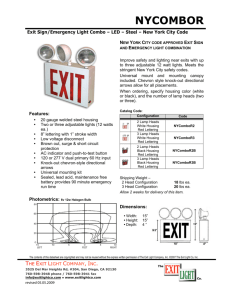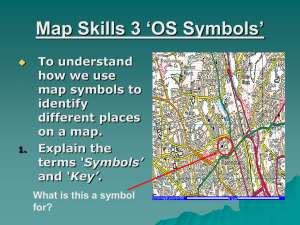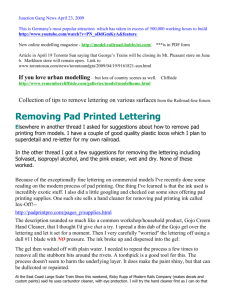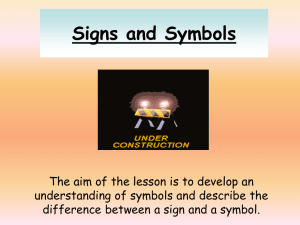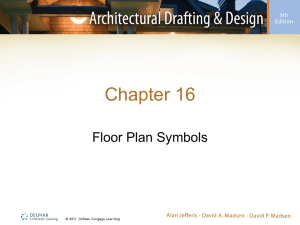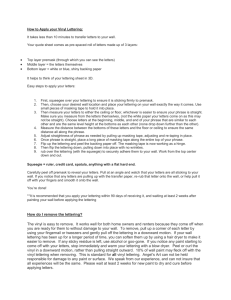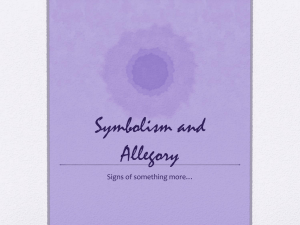Appendix C – Cartographic conventions
advertisement
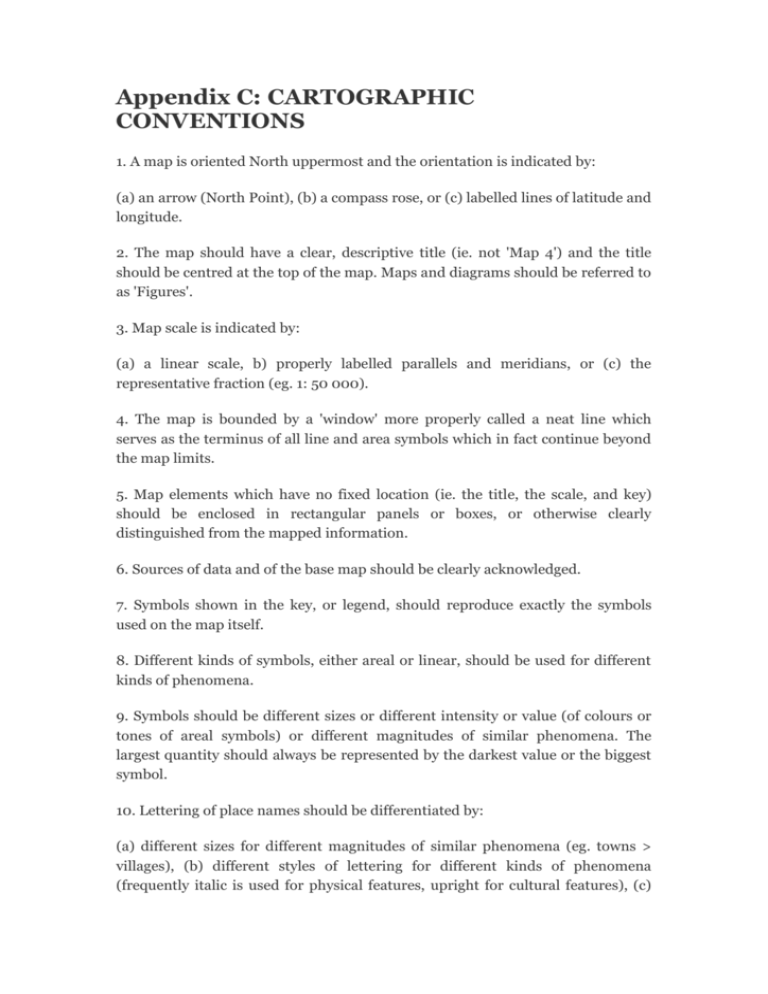
Appendix C: CARTOGRAPHIC CONVENTIONS 1. A map is oriented North uppermost and the orientation is indicated by: (a) an arrow (North Point), (b) a compass rose, or (c) labelled lines of latitude and longitude. 2. The map should have a clear, descriptive title (ie. not 'Map 4') and the title should be centred at the top of the map. Maps and diagrams should be referred to as 'Figures'. 3. Map scale is indicated by: (a) a linear scale, b) properly labelled parallels and meridians, or (c) the representative fraction (eg. 1: 50 000). 4. The map is bounded by a 'window' more properly called a neat line which serves as the terminus of all line and area symbols which in fact continue beyond the map limits. 5. Map elements which have no fixed location (ie. the title, the scale, and key) should be enclosed in rectangular panels or boxes, or otherwise clearly distinguished from the mapped information. 6. Sources of data and of the base map should be clearly acknowledged. 7. Symbols shown in the key, or legend, should reproduce exactly the symbols used on the map itself. 8. Different kinds of symbols, either areal or linear, should be used for different kinds of phenomena. 9. Symbols should be different sizes or different intensity or value (of colours or tones of areal symbols) or different magnitudes of similar phenomena. The largest quantity should always be represented by the darkest value or the biggest symbol. 10. Lettering of place names should be differentiated by: (a) different sizes for different magnitudes of similar phenomena (eg. towns > villages), (b) different styles of lettering for different kinds of phenomena (frequently italic is used for physical features, upright for cultural features), (c) UPPER CASE letters used for place names located within the named feature (eg. PACIFIC OCEAN, AUSTRALIA), (d) Lower Case letters with initial capitals for place names located beside the symbol for the feature (eg. towns [Melbourne], creeks [Darling River]). 11. Lettering should be horizontal whenever possible or oriented to reflect the linear trend of a feature (eg. a river), but when lettering departs from a horizontal orientation (a) lettering to the left of the centre of the map should read from bottom to top, and (b) lettering to the right of the centre of the map should read from top to bottom. 12. Use consistent styles, formats, symbols, fonts, etc. where appropriate.



